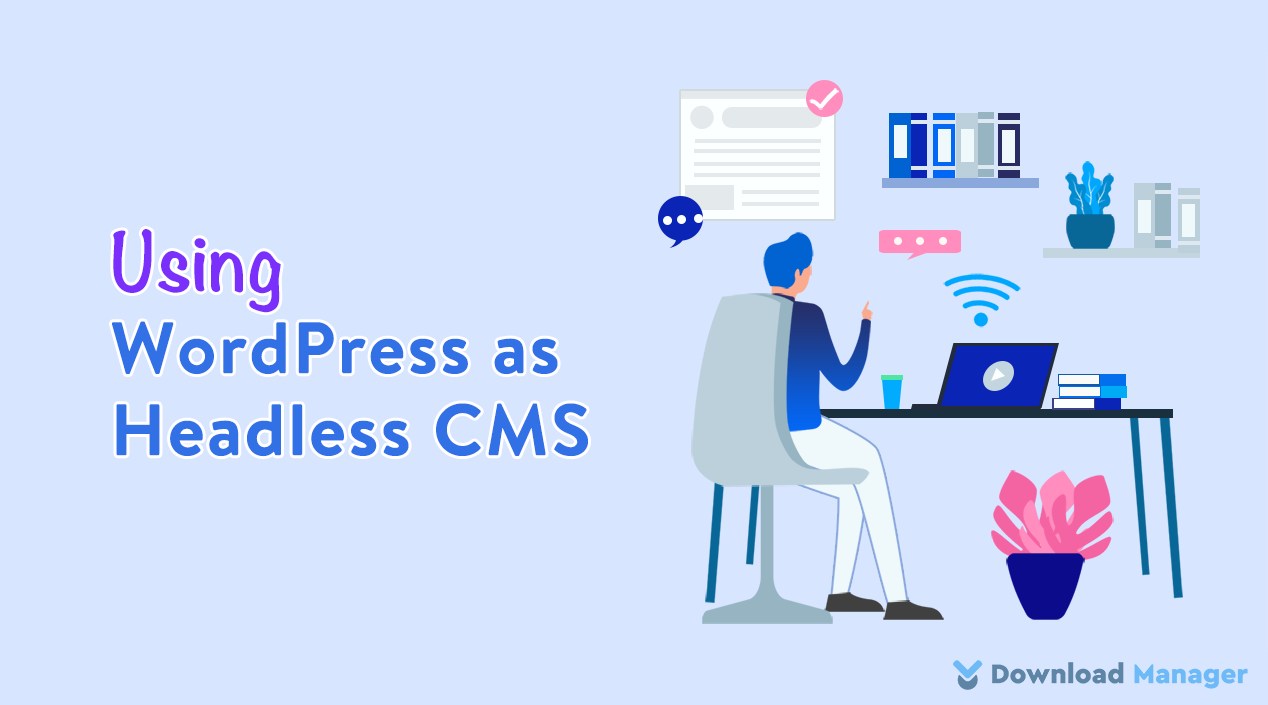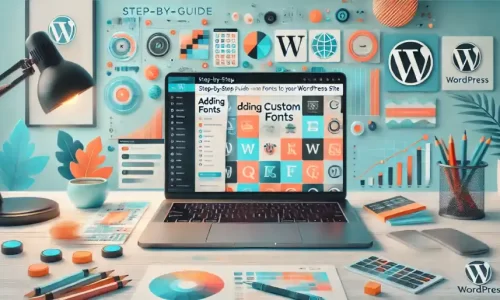
Using WordPress As A Headless CMS
WordPress is a platform that is mainly built for customization. It offers you to build and update the content as you like without using a lot of coding. But in some situations, you might need to be much more versatile or enhance the efficiency of your website. In such cases, it can be advantageous to use WordPress as a headless CMS.
In this post, we’re going to introduce the concept of a headless CMS, the benefit of headless WordPress, and some potential issues of using WordPress as a Headless CMS.
So, let’s get started!
What Is Headless CMS?
Before we dive into headless WordPress, at first we know what basically headless means. As we all know all websites are built with a front end and back end where the front end is the website that appears to all and the back end is the admin dashboard. Those two (Front end and back end) are directly connected with each other.
A Headless term means you can use only the back end of the website. That means you have to cut off the front end from the back end.
Now, Headless CMS is a concept that refers to the back end being separate from the front end. With this, you can handle all sections independently and help to view content on either platform, be it your website, e-commerce site, or native device. A headless CMS has only:
- A content management backend
- An API Application Programming Interface or web service
So how does this relate to WordPress?
Although WordPress was not initially meant to be a headless CMS, you can make WordPress as a headless CMS with the help of REST API to build the front end of a web application using any web technological advances.
If you need to add a blog feature to an existing web that is built with React or Angular, you can use headless WordPress CMS to use Rest API to handle the content rather than encoding the entire content management structure.
Benefits Of Using WordPress As A Headless CMS
Now let’s talk about the benefits of using it. The most obvious benefit of headless CMS architecture is the fact that it provides the developers to fully control and handle data, and also store the content in the back end. Most importantly, it helps to decide on the best front-end solution for your needs. Here, we will point out its key benefits of it to you.
High Flexibility
The main benefit of using WordPress as a headless CMS is that it allows you to use any web technology in order to create the front end of your web application. Also, you can manage your data.
Better Scalability
Another important factor for headless WordPress is better scalability. Because the front end is not present on the website, a Headless WordPress will connect with virtually any other platform. So, it can be modified to use the latest available technologies at any time.
Enhance Website Security
As you can hide the backend used on your WordPress site by using a headless CMS which will help to save your website from all other web attacks such as brute-force attacks. So it assists to enhance our site security.
Fast Your Loading Speed
Since Headless CMS would only request the API when a user explores a new page it makes your content run rather than reloading the whole website. This will help to fast your site’s loading speed.
Create multi-channel experiences
Another advantage of using WordPress as headless cms is that you can deliver your content to various channels such as your blog, e-commerce site, and desktop app. IoT etc that will improve the overall experience of your site. So, You don’t need to think about the particular layout of the content for each website. You have to just publish your content once and then headless WordPress automatically distributes the content via the API rather than thinking of the content formats according to the requirements of your website.
Simpler Redesign
As Headless WordPress means you can only use the back end of your website, you no longer see the front end. This means that it will make future redesigns more simple for you.
Potential Issues With Headless WordPress
Although Headless WordPress has many benefits, there are several disadvantages you will face when you are using it on your site. So we will suggest learning the drawbacks and then determining whether going headless WordPress is the best option for your case.
Require Advance technological knowledge
In headless WordPress, as all core functions are related to your WordPress so you will need a developer team for your site to have advanced technical knowledge as well as a knowledge of setting it on your site.
More Complex Maintenance
Since headless WordPress eliminates the front end, to manage it, a lot of complex maintenance is needed to run your whole website. Most importantly, you must need someone who is fluent in JavaScript to display all your content in a visual interface.
No Plugin Functionality
As you’ve removed the link between the front and back ends of WordPress, many plugins could not work properly for this. So you need support from your developer on the front end of the site. Plus, you won’t be able to add a plugin anytime you need new functionality.
More Expensive
For a small business, it is quite expensive to implement headless WordPress on its website. Even it can be more difficult to use if you don’t have a web development team for your site.
Conclusion
Using WordPress as a Headless CMS is useful for those who want to improve their website’s performance. But it is not a wise decision for every business. Particularly, if you run a small business or you don’t have a skilled developer to support your website.
Hopefully, this article will help to decide whether headless WordPress is right for you or not. To learn more about WordPress, you may check our WordPress Tips and How-Tos.
If this article will help you, please subscribe to our YouTube channel to get more tutorials related to WordPress. Also, you can join our Facebook page to update yourself with more tips, solutions, offers, and so on.
We appreciate further comments, support or suggestions!









